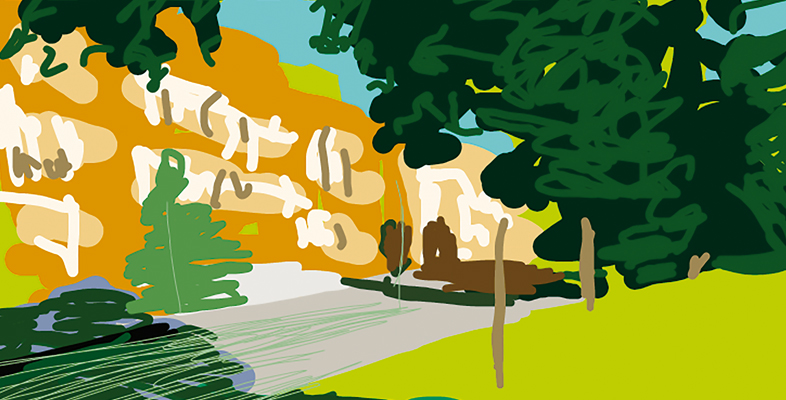4.4 Interaction design as a discipline
So far we have talked about interaction design as a process defined by specific activities and characteristics. However, more broadly, interaction design is a field of expertise to which a variety of disciplines contribute, such as psychology, sociology, graphic design and product design.
Because it is difficult for one person to be an expert in all relevant disciplines, interaction design benefits from the collaboration of a multidisciplinary team, where different experts contribute to the process. For example, psychologists can offer important insights into the way in which prospective users might perceive and understand elements of an interface, while social scientists can help predict and assess how certain designs might influence prospective users’ social relations; designers can create interfaces that look beautiful, while engineers can figure out what technological solutions might be most appropriate to implement the functionalities of the system represented by the interface. This course also aims to give you tools to assess if and when other competences are needed for a specific project, so that you can seek them out.
In discussing the different ways in which the interaction design process can play out for different projects, we have so far focused on the individual project and its life cycle. However, even if a project formally has a beginning and an end, no project ever takes place in a vacuum but rather within the wider sociocultural and economic context in which countless interactive products are continuously developed. An interactive product never starts out of nothing and it is rarely ever really finished: any new product is likely to be influenced in one way or another by already existing products, and it is likely to continue to evolve into new versions well after it reaches the market.
Indeed, in reality, design thinking precedes and continues beyond the single interaction design project. This ongoing dialogue involves, on one hand, countless interactive products as well as the people who created them, and on the other hand, those who use them or who are otherwise affected by them. We encourage you to be mindful of this continuous dialogue and its importance. Rather than tackling an interaction design project as an isolated process, you can find inspiration and learn from other products and projects. You can build on what already exists to create something new that others can recognise as familiar yet novel.
